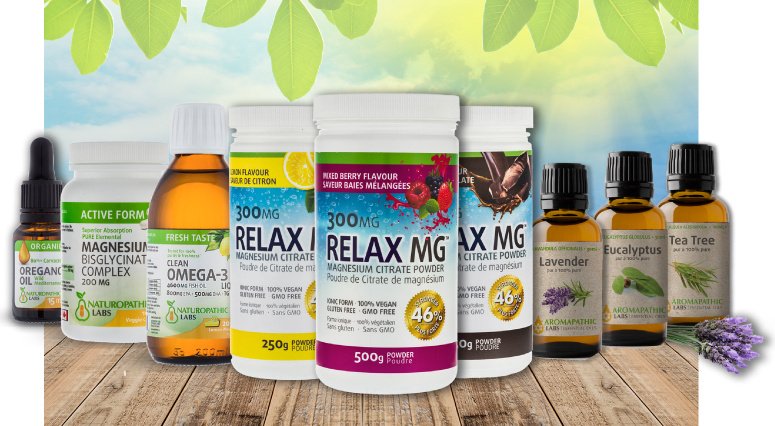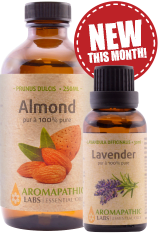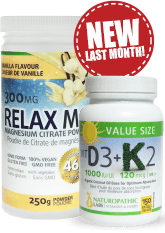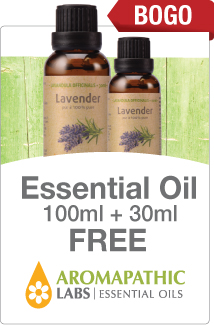Scars
Updated Jun. 06th, 2023
The skin is the largest organ in our body. It completely encloses the rest of our tissues and helps to protect them against pathogens and toxins in the outside environment. When our skin is injured or cut, it must repair itself to maintain the protective integrity, or infection can occur. For more information, please see our Skin Infection article. There are a number of vitamins, minerals, and herbs that can help to support healthy scar formation and return to normal skin appearance and function.
Scar Formation
Any trauma to the tissue is quickly sealed by clotting blood, and immune cells immediately migrate to the area to begin repair. This is all a natural part of the healing process. Repair cells called fibroblasts move to the cut region and begin to lay down strands of collagen, much like those found in normal tissue. Scar tissue is more organized than normal tissue, and most of the collagen strands are laid in line with one another, which results in the more dense and shiny tissue we know as a "scar". This scar formation begins in the deepest layers of tissue and finishes at the surface.
Hypertrophic Scars
Sometimes during growth and repair, a scar can grow to become raised beyond the normal skin level, without growing beyond the boundaries of the original wound. This type of overgrowth is known as a hypertrophic scar.
Keloids
A keloid forms when the hypertrophy of a scar passes beyond the original wound boundaries and begins to expand in claw-like growths over normal tissue. Keloids can become quite large. They are firm, rubbery, shiny tissue masses that are often accompanied by severe itchiness, and pain. Keloids are more commonly found in darker skinned females, and most often form on the head, neck and chest. Many medical doctors will attempt surgical removal of the keloid, but in more than 50% of cases it will grow back. Those who have had one keloid form are at a much greater risk of forming another in the future and should avoid injury and surgeries that will create scars whenever possible.
Stretch Marks
During periods of sudden growth or weight gain like during puberty, or pregnancy, the skin cannot keep up with the growth of the rest of the body. Small tears form as the skin is stretched beyond its limits. The resulting small breaks in the skin are filled with scar tissue by the body, creating the pink lines in the skin that we commonly call stretch marks. Over time, these scar lines will contract and pale in colour, helping them to become less noticeable. Research has shown that high levels of the stress hormone cortisol increase the likelihood of forming stretch marks. Thus, proper stress management can help to prevent the formation of stretch marks during times of growth and weight gain. For more information, please see our Stress article.
Organ Scarring
Unfortunately, when the internal organs are damaged, either by lack of sufficient blood flow or by toxic insult, part of their function can be lost. This is the case in moderate to severe heart attacks, and cirrhosis of the liver. In both cases, as scar tissue replaces the previous functional organ tissue, some organ function can be lost. Scarring of the tissue between organs are called adhesions and can cause functional problems as the scars contract over time.
SUPPLEMENTS FOR PROPER SCAR FORMATION
Collagen
Much like the rest of our tissue, scar tissue is made up mostly of collagen. The collagen laid down in scar tissue is mostly type I and type III collagen. These help to reinforce the tissue structure and hold the edges of the wound together again. Supplementation with collagen during the healing process can help to promote proper scar formation. For more information, please see our Collagen Type I & III article.
Vitamin C
Without sufficient vitamin C the body cannot complete scar formation. In fact, during the remodeling of scars, lack of vitamin C causes the scars to reopen because the body cannot form new tissue. This reopening of old scars is one of the symptoms of scurvy, the common name for vitamin C deficiency. For more information, please see our Vitamin C article. Topical creams, oils and ointments for scar reduction will also contain large amounts of vitamin C, as it has been shown in clinical trials to help promote the formation of less visible scars.
Minerals
There are a number of trace minerals that play an essential role in proper wound healing and scar formation. The most important are: zinc, copper and manganese. They are each involved in the signaling cascades that promote wound healing and the structural building blocks of the tissue itself. For more information on these minerals, please see our Zinc, Copper, and Manganese articles.
Calendula
After the initial scab has healed and fallen away from a new wound, creams containing calendula are often used to help promote a tightening and smoothing of the scar as it forms. This can help to speed healing and promote a less visible scar in future. For more information, please see our Calendula article. Be sure not to use calendula prior to complete closure of the wound, as it can cause the superficial layers of skin to heal too quickly, which can accidentally seal in a pocket of infection below.
Vitamin E
Topical vitamin E has long been used to aid the treatment of new scars. Recent research has found that this may not be successful in up to 1/3rd of cases, and in some cases may actually cause hypertrophy of the scar. A large number of scar treatment creams and oils still contain vitamin E, and many still swear by its use. For more information, please see our Vitamin E article.























Some people think that getting some additional color from the sun would actually help their scars blend in and/or fade away. On the contrary, too much sun exposure can actually cause further discoloration in scars, and scar tissue is more susceptible to sun damage than the rest of your skin. For these reasons, it is paramount to protect your scars (and all of your skin) from UV radiation by applying SPF 30+ when spending time outdoors, seeking shade, and/or wearing protective clothing.
Hello Paul,
Indeed, it is important to protect scars and all your skin from the sun's UV rays. Topical oils and creams can help diminish the appearance of scars, especially if applied near the beginning of onset. Vitamin E oil is a great oil to support scars and help them heal or fade.
https://www.nationalnutrition.ca/articles/supplements/supplement-articles-vitamin-e/
Stay healthy & well!
Thank you for this article. Skin health is very important because the skin is the largest organ, protecting the rest of our body from toxins and harm. I really enjoyed this article on how to naturally help the appearance of scars to keep skin looking healthy.
Hello Nicole,
Thank you for your comment. We're glad you've enjoyed our article on scars. Indeed the skin is a very important part of our overall health because it absorbs everything we put on it. If you'd like to learn more about natural skin support, check out our other articles:
https://www.nationalnutrition.ca/articles/health-concerns/skin-health/
Stay healthy & well!